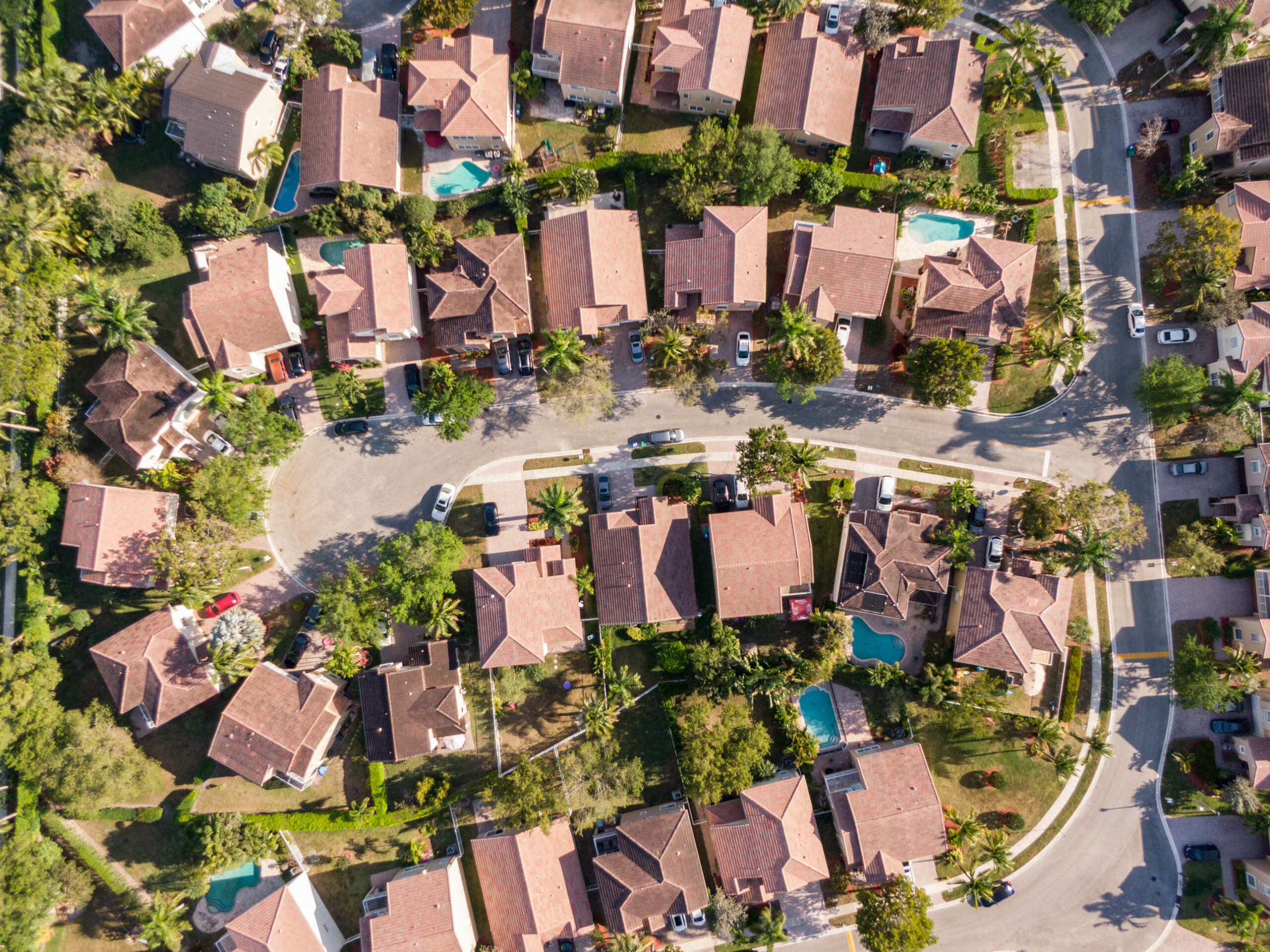
The Sun Shines Again: A Renewed Opportunity in the Florida Property Insurance Market
Florida’s property insurance market has long been shaped by its exposure to catastrophic weather events and complex market dynamics. The last few years have demonstrated the decline that these forces can create. Now, after a period of instability, the market is showing strong signs of recovery.
Florida-domiciled carriers are reporting a much-improved outlook, in stark contrast to many national insurers that still grapple with exposure concerns. The previous markers of a struggling market—carrier insolvencies, excessive litigation, and rising reinsurance costs—are beginning to shift. Recent new entrants, like Mangrove Property Insurance Company and nine other carriers, are signaling a renewed confidence in Florida, while existing insurers are finding opportunities to expand.
A Market on the Mend: Florida’s Property Insurance Turnaround
Just a couple of years ago, the Florida property insurance market was in crisis, with Citizens Property Insurance Corporation taking on thousands of new policies. Many private insurers faced difficult choices, with some scaling back operations while others exited the state entirely. Today, however, Florida’s insurance landscape is beginning to look very different—carriers are investing in the state again, and they are thinking about how to do it responsibly.
One of the most significant shifts has been the entry of new carriers, marking a fresh injection of capital and confidence in the market. Carriers have also been actively taking on policies that formerly belonged to Citizens. In addition, the 2024 hurricane season, which initially raised concerns in terms of claims, ultimately resulted in far fewer losses than expected. This tempered impact gave insurers an opportunity to reset and regain confidence in the state’s long-term insurability.
Legal reforms have also played a critical role in this turnaround. For years, litigation stemming from assignment of benefits (AOB) abuse and one-way attorney fees contributed to increased claims costs and eroded insurers’ profitability. With the legislative reforms of 2022 and 2023 in place, insurers have seen a direct reduction in claims expenses, allowing them to take a more strategic approach to profitability and growth.
This shift toward a more normalized market has also become evident in recent state rate filings, with 15 carriers filing for a rate decrease and 29 filing for no increase in 2024. It’s also evident in some impressive growth—Florida Peninsula, for example, has recently become a top-25 homeowners insurance carrier in the U.S., according to the NAIC, demonstrating that it is possible to scale successfully in Florida.
As insurers regain their footing, their focus is shifting from merely surviving to expanding in a sustainable and profitable way.
The New Era of Profitable and Responsible Growth
As stability returns, insurers are finding growth opportunities through two primary channels: assuming policies from Citizens through its depopulation program and organic expansion. In both scenarios, new forms of property intelligence help insurers maintain fidelity in risk evaluation from the underwriting stage all the way through to portfolio management.
Citizens has continued to transfer policies back to private insurers, creating an opportunity for carriers willing to take these on. However, evaluating thousands of policies quickly and accurately presents a significant challenge, especially when not every takeout policy represents an insurable risk. Carriers leveraging API-driven workflows to assess key property attributes, such as roof condition and age, are able to quickly identify appropriate risks at scale while maintaining underwriting discipline.
Beyond takeout portfolios, insurers are also ramping up their new business strategies. Florida’s unique risk environment demands highly detailed property insights, and insurers are increasingly using advanced data to refine their underwriting. Roof condition scores, which reveal characteristics like material degradation and effluent runoff, are proving essential in risk assessment. Imagery-based roof age is also a critical underwriting factor when used in concert with condition. Data on a roof’s tree overhang is also used for its importance in determining severe convective storm risk. Additionally, property information like multisource living area and quality grade data are helping insurers achieve a more comprehensive understanding of foundational property characteristics and further enhancing underwriting accuracy.
As insurers refine their risk selection strategies, they are also taking a more data-driven approach to reinsurance negotiations. With reinsurers requiring greater transparency and tighter exposure management, Florida insurers are using high-quality property intelligence to strengthen catastrophe models and improve portfolio representation. A more precise view of property condition allows insurers to show their reinsurance panels that they have the proper underwriting controls in place, leading to more favorable terms.
A Promising Future for Florida Insurers
For the first time in years, Florida’s property insurance market is showing real signs of stabilization. Legislative reforms, improved carrier financials, and lower-than-expected storm losses have created a stronger foundation for insurers to grow. As new entrants emerge and existing carriers expand, the opportunity for sustainable growth is becoming more tangible. However, success for both carriers and policyholders in this evolving market requires discipline—insurers must remain focused on high-fidelity underwriting, efficient portfolio management, and strategic risk selection to achieve the best outcomes.
Learn more about CAPE Property Intelligence here.

